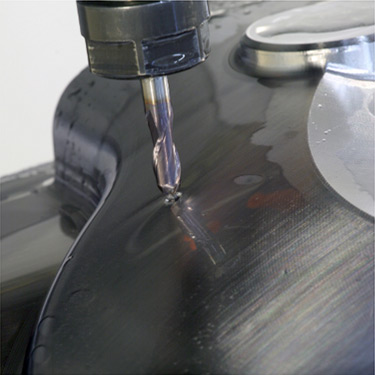
Jul . 20, 2024 11:02
Back to list
Exploring the Design and Safety Standards of Gas Pressure Vessels in Industrial Applications
Understanding Gas Pressure Vessels Design, Function, and Safety
Gas pressure vessels are essential components used in various industries to store and manage gases at pressures higher than atmospheric levels. These vessels are designed to withstand significant internal pressures while ensuring safety and efficiency in their operations. This article delves into the concepts surrounding gas pressure vessels, including their design principles, applications, and safety measures.
Definition and Design Principles
A gas pressure vessel, commonly referred to as a pressure tank or gas cylinder, is a container designed to hold gases at a pressure substantially different from the ambient atmosphere. The basic design of these vessels considers several critical factors, including material selection, wall thickness, and the vessel's shape. The most common materials used in constructing gas pressure vessels are carbon steel, stainless steel, and aluminum, selected based on the compatibility of the material with the stored gas and the required strength.
The shape of a gas pressure vessel is typically cylindrical, which allows for uniform distribution of stress along the walls when subjected to high pressure. The thickness of the vessel walls is determined by the internal gas pressure, the type of gas being stored, and the design codes applicable to the vessel. Industry standards, such as those set by the American Society of Mechanical Engineers (ASME), provide guidelines for designing and constructing these vessels to ensure they can withstand operational stresses.
Applications
Gas pressure vessels have a wide range of applications across various industries. In the chemical industry, they are used for the storage of gases like nitrogen, oxygen, and natural gas. In the aerospace sector, pressure vessels are crucial for storing rocket propellants and gases required for propulsion systems. Additionally, in the healthcare industry, gas pressure vessels store medical gases such as oxygen and nitrous oxide used in hospitals and medical facilities.
gas pressure vessel

The energy sector also relies heavily on gas pressure vessels, especially in natural gas production and transportation. The ability to store gases at high pressures allows for a more efficient transfer and use of energy resources. Moreover, the growing focus on renewable energy sources has led to the development of gas storage systems that help balance supply and demand, especially for hydrogen as a clean fuel alternative.
Safety Considerations
Given the potential hazards associated with high-pressure gases, safety is of utmost importance in the design and operation of gas pressure vessels. Adequate safety measures must be incorporated to prevent accidents such as explosions or leaks. Regular inspections and maintenance routines are essential to identify any signs of wear, corrosion, or structural weaknesses.
Pressure relief devices are also critical safety features in gas pressure vessels. These devices automatically release gas if the pressure exceeds a predetermined limit, preventing catastrophic failures. Additional safety protocols often include pressure testing, using safety valves, and following strict operational guidelines to ensure safe handling and storage of gases.
Training personnel on the proper handling of gas pressure vessels is another vital safety aspect. Employees must understand the characteristics of the gases they are working with, recognize the importance of adhering to safety protocols, and know how to respond in case of an emergency.
Conclusion
Gas pressure vessels play a significant role in modern industrial operations, enabling the safe storage and management of gases used in a myriad of applications. Understanding the design principles, applications, and safety considerations associated with these vessels is crucial for ensuring their efficient and safe operation. As industries continue to evolve, advancements in technology and safety practices will further enhance the effectiveness of gas pressure vessels, contributing to safer and more efficient processes across the board.
Latest news
-
Safety Valve Spring-Loaded Design Overpressure ProtectionNewsJul.25,2025
-
Precision Voltage Regulator AC5 Accuracy Grade PerformanceNewsJul.25,2025
-
Natural Gas Pressure Regulating Skid Industrial Pipeline ApplicationsNewsJul.25,2025
-
Natural Gas Filter Stainless Steel Mesh Element DesignNewsJul.25,2025
-
Gas Pressure Regulator Valve Direct-Acting Spring-Loaded DesignNewsJul.25,2025
-
Decompression Equipment Multi-Stage Heat Exchange System DesignNewsJul.25,2025

